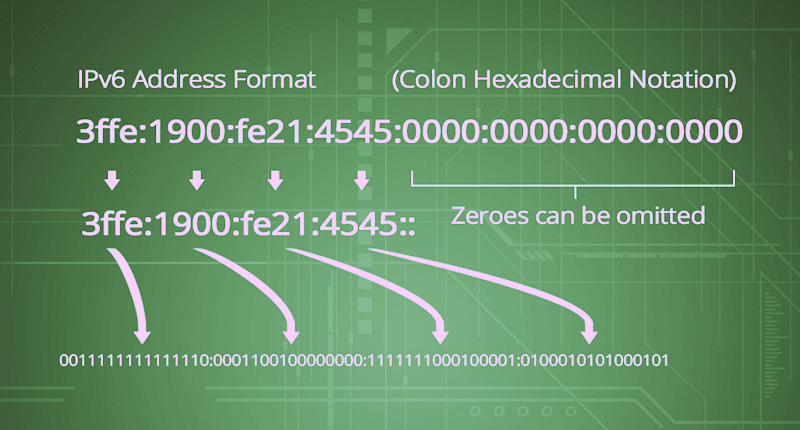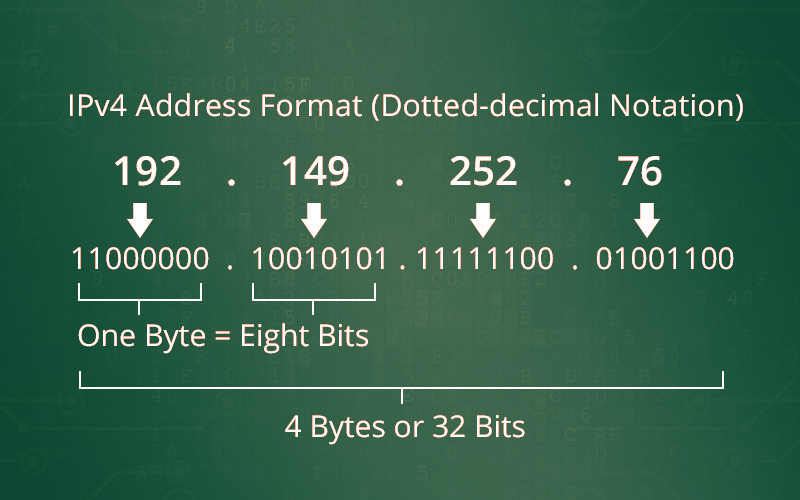The evolution of the Internet has seen the advent of two main versions of Internet Protocols - IPv4 and IPv6. These protocols are foundational to how data packets are sent and received across networks. This article offers a comprehensive comparison of IPv4 and IPv6, including their structures, features, applications, advantages, and limitations.
| Key Aspect | Details |
|---|---|
| Structure | IPv4 employs a 32-bit address scheme, allowing for approximately 4.29 billion unique addresses. |
| Addressing Method | Uses a numeric address separated by periods (e.g., 192.149.252.76). |
| Advantages | Simple to implement, and currently supported by a majority of systems and devices. |
| Limitations | Experiencing address exhaustion due to the limited number of unique addresses, necessitating the use of techniques like NAT. |
| Key Aspect | Details |
|---|---|
| Structure | IPv6 employs a 128-bit address scheme, allowing for a virtually unlimited number of unique addresses. |
| Addressing Method | Uses an alphanumeric address separated by colons (e.g., 3ffe:1900:fe21:4545:0000:0000:0000:0000). |
| Advantages | Solves the address exhaustion problem, improved routing performance, built-in IPSec support, and no need for NAT. |
| Limitations | Increased complexity and currently not as widely supported as IPv4. |

While both IPv4 and IPv6 have their strengths and weaknesses, a comparative analysis helps in understanding their practical implications in various applications.
IPv4 configuration involves manual assignment or DHCP. Conversely, IPv6 supports autoconfiguration, leading to simplified network setup and management.
IPv6 comes with built-in support for IPSec, enhancing network security and data integrity. While IPSec is also available in IPv4, it's optional and not necessarily integrated into all devices.
Though dependent on numerous factors, IPv6 can offer faster connections due to the absence of NAT and the improvement in routing efficiency.

While IPv4 is facing address exhaustion, IPv6 offers a virtually unlimited number of addresses, making it future-ready for the ever-expanding Internet.
While the transition from IPv4 to IPv6 may be gradual, understanding the differences and potential applications of each is essential for network administrators, IT professionals, and anyone dealing with network configurations. As the world gradually moves towards an Internet landscape dominated by IPv6, the familiarity and understanding of IPv6 will be indispensable.